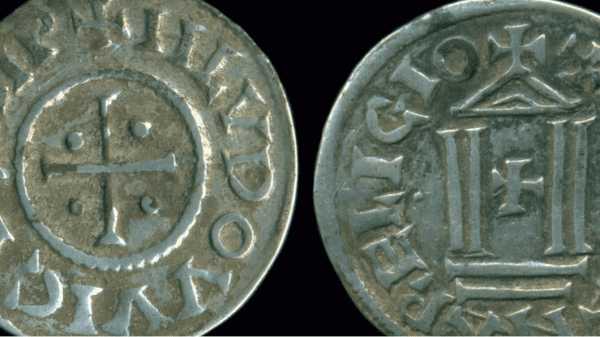MAZURIAN TREASURES – not only gold and jewels
MAZURIAN TREASURES – not only gold and jewels
Masuria, apart from its richness of fauna and flora, is also associated with other treasures. Most often, in the context of hidden fortune, they are associated with the Amber Room. However, our region is not only legends, but also finds that actually exist.
The holy lake of Galindians.
One of the most important ones is located on the now defunct Lake Nidajno, near the village of Czaszkowo, commune of Piekki (about 20 km from Mikołajki). In 2010, the remains of weapons and other objects dating back to the 3rd-5th century were found there – mainly swords, arrowheads, belt applications, mostly made of the highest quality gold and silver. Probably the lake was the place where ritually destroyed weapons and other items of warriors were thrown. Most of the items are thought to be from the early Byzantine era. There is also a theory that the Skull Lake was a place associated with the ritual burial of warriors combined with Germanic melting of weapons with local Balts funeral ceremonies.
What else is deep in the lake basin that hasn’t been discovered?

Finckenstein memorabilia
Family heirlooms and some belongings of the Prussian family of Counts Finckenstein were accidentally found hidden in the ground in 1945 in the forest by Lake Jeziorak in Masuria,
The Finckenstein family is a count family established in East Prussia, which already in the second half of the 17th century were tycoons and owners of three cities with hereditary offices in Szymbark, Dąbrówno and Iława. They belonged – next to the Dohns, Doenhoffs and Lehndorfs – to the most influential aristocratic families in the former Ducal Prussia. Their ancestors probably came to these lands from the Duchy of Carinthia at the beginning of the 14th century, together with other knights supporting the Teutonic Order militarily.
Most of the found items are family heirlooms that once belonged to Count Hans Joachim von Finckenstein, who until 1945 was the owner of the manor and the estate in Gubławki. Among them there are numerous documents, including the count’s last will with a wax seal and family coat of arms, his personal documents and a diary from the First World War.
Together with them, the personal belongings of a Prussian aristocrat were hidden; glasses, toiletries and items of clothing, as well as hunting accessories and military decorations as well as the uniform and equipment of a Wehrmacht officer. The so-called The deposit also included a bundle of banknotes, jewelry, a pocket watch and a silver spoon, as well as letters and postcards, notes and albums with family photos.

Silver denarii
In the vicinity of Biskupiec, more than one hundred silver coins have been found during archaeological excavations. It was established that these are silver denarii minted in the 9th century during the reign of the Carolingian dynasty. Most importantly, these coins were completely unheard of in our territory! At that time, the most popular means of payment were Arab coins used by the Prussian tribes in trade, the so-called choppers.
The place where the treasure was found is the former Prussian-Slavic border. It is puzzling that no remnants of any settlements have been found in this place or in the nearby area. There were only guesses about the origin of the coins. Perhaps they were brought here by the Vikings, who at that time actively participated in the invasions of Western Europe. The treasure was located in the vicinity of the Osa and Dręwica basins, and both rivers could be a communication route to the mouth of the Vistula and the Vistula Lagoon, where the Viking trade port was located.

